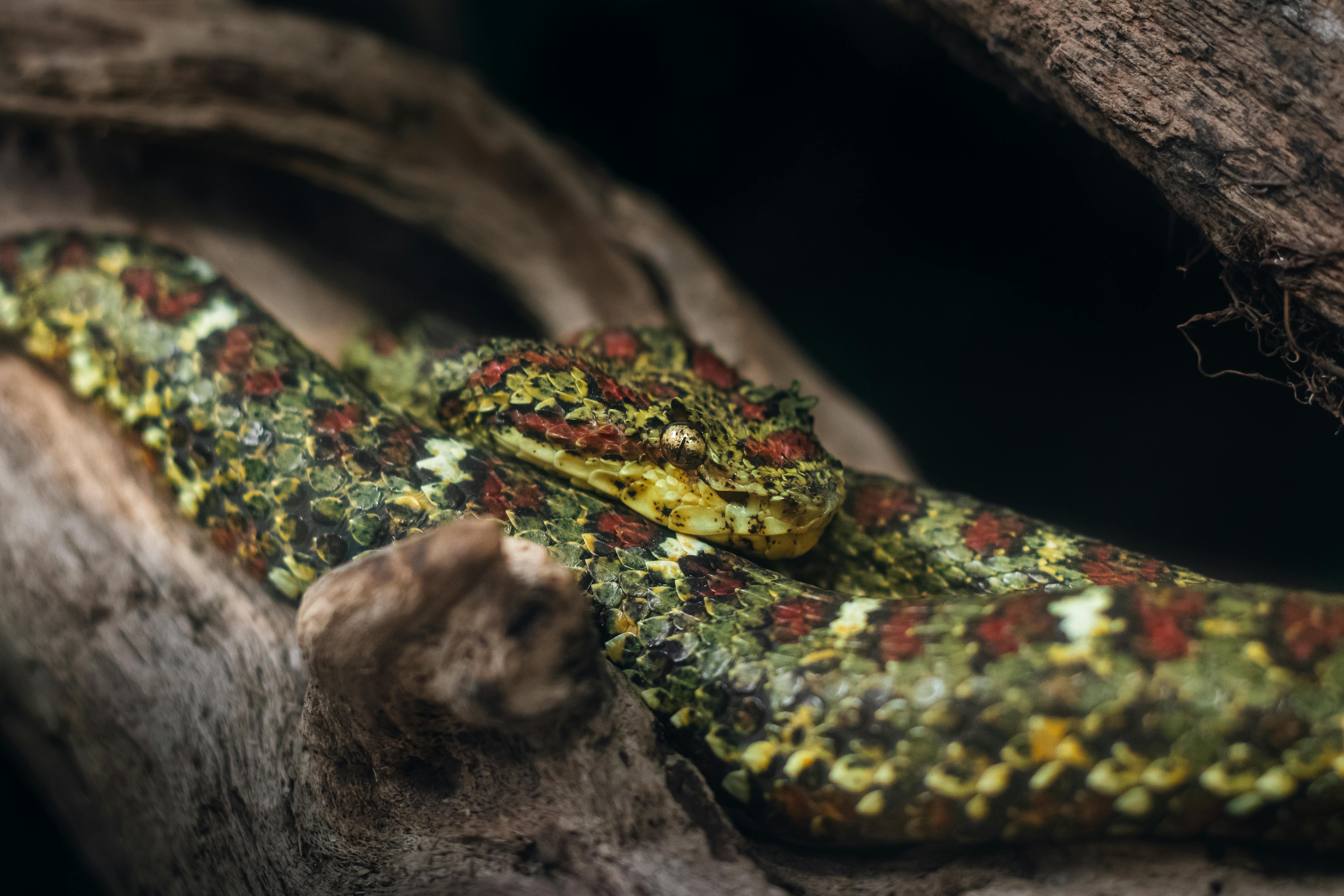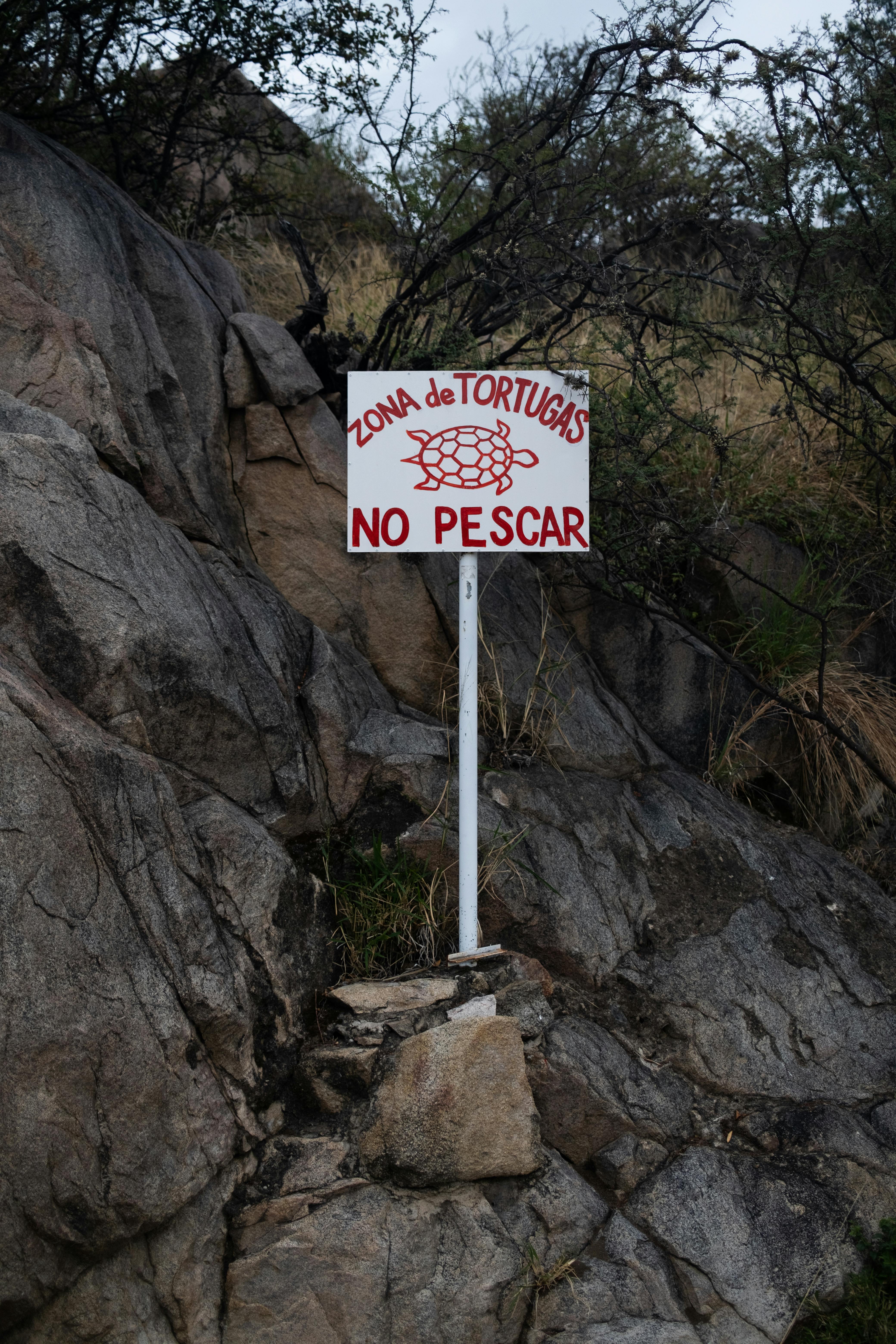Are you looking to add a touch of style to your eyewear collection? Well, look no further, because in this article, we’ll be exploring the fascinating world of pit vipers. More specifically, we’ll be comparing and contrasting the single wide and double wide pit vipers. These iconic sunglasses have taken the fashion industry by storm, providing both protection and a trendy statement. So, whether you’re a fashion enthusiast or simply seeking a reliable pair of shades, stay tuned to discover which style best suits your personality and needs.

Physical Appearance
Size
Pit vipers, both single wide and double wide varieties, exhibit varying sizes depending on the species. On average, single wide pit vipers measure between 2 to 4 feet in length, while their double wide counterparts can reach lengths of up to 6 feet. These measurements, however, can vary greatly among different species.
Coloration
Both single wide and double wide pit vipers display a diverse range of colors and patterns, serving as effective camouflage in their respective habitats. Single wide pit vipers can be seen in shades of green, brown, and gray, often adorned with intricate patterns and scales that allow them to blend seamlessly into their surroundings. In contrast, double wide pit vipers exhibit a broader color range, including vibrant yellows, oranges, and reds, interspersed with darker hues.
Head Shape
One striking feature of pit vipers is their distinctive triangular-shaped heads. This unique characteristic is shared by both single wide and double wide varieties. The triangular head shape, coupled with their prominent venomous fangs, aids them in capturing and immobilizing their prey. It also contributes to their overall appearance, giving them a sleek and formidable demeanor.
Habitat
Preferred Environments
Single wide and double wide pit vipers can be found in a variety of habitats throughout their geographical distribution. Single wide pit vipers are typically found in forests, rocky hillsides, and grasslands, where they can seek shelter and hunt for their preferred prey. On the other hand, double wide pit vipers are known to inhabit a broader range of environments, including forests, swamps, and even deserts, showcasing their adaptability to different conditions.
Geographical Distribution
Single wide and double wide pit vipers have varying geographical ranges across the globe. Single wide pit vipers are predominantly found in North and Central America, with popular examples being the Eastern Diamondback Rattlesnake and the Copperhead. Double wide pit vipers, also known as bushmasters, primarily reside in Central and South America, specifically in countries like Brazil, Colombia, and Ecuador.
Behavior
Movement Patterns
Both single wide and double wide pit vipers exhibit a similar style of movement known as lateral undulation. This method involves pushing off the ground with their muscular bodies, resulting in a wave-like motion that propels them forward. This form of movement allows them to navigate a variety of terrains efficiently, including the dense vegetation of forests and the rugged terrain of mountains.
Predatory Habits
Pit vipers are venomous snakes, and their hunting techniques reflect their lethal capabilities. These snakes possess a specialized heat-sensing organ, known as a pit organ, located between their eyes and nostrils. This organ enables them to detect heat signatures emitted by potential prey, such as small mammals or birds. Once they locate their target, pit vipers strike quickly, injecting venom into their prey to immobilize and ultimately consume it.
Social Interaction
Pit vipers are generally solitary creatures, only coming together during certain periods, such as mating seasons. While they prefer to live and hunt independently, there have been instances where individuals of the same species coexist in close proximity, often sharing a communal den. Despite this, interactions among pit vipers are usually minimal, as they prioritize their own survival and territory.
Venom
Toxicity
Both single wide and double wide pit vipers possess venom that contains potent toxins, which they use to incapacitate their prey. However, when comparing their venom’s toxicity, double wide pit vipers tend to be more dangerous. Species like the bushmaster (Lachesis genus), found in Central and South America, produce venom that can cause severe tissue damage, as well as neurological and cardiovascular complications.
Delivery Method
Pit vipers deliver their venom using a highly efficient method known as venom injection through hinged fangs. These fangs rest against the roof of the snake’s mouth and fold back when not in use. When striking, the pit viper extends its fangs forward, allowing venom to flow through their hollow centers and into the prey’s bloodstream. This delivery method ensures rapid dissemination of the venom, maximizing the snake’s hunting success.
Effects on Prey and Humans
The effect of pit viper venom on both prey and humans can vary depending on the species and quantity of venom injected. Prey animals often suffer paralysis and tissue damage, which aids in the snake’s consumption. However, when it comes to humans, pit viper bites can be potentially life-threatening if left untreated. In addition to severe pain and swelling at the site of the bite, systemic symptoms, such as nausea, dizziness, and difficulty breathing, can arise, necessitating prompt medical attention.

Reproduction
Mating Behavior
During mating season, both single wide and double wide pit vipers engage in courtship rituals to attract mates. Courtship behavior often involves males engaging in “combat dances” to establish dominance and gain the attention of receptive females. They intertwine their bodies, engage in gentle wrestling, and produce vibrating sounds through their tail rattles or other means, showcasing their suitability as potential mates.
Gestation Period
Pit vipers exhibit internal fertilization, meaning that males transfer sperm directly into the females’ reproductive tract. Gestation periods can vary among species, but they typically range from several weeks to several months. After this period, the female pit viper gives birth to live young instead of laying eggs, making them part of a group of snakes known as viviparous.
Offspring Care
Once the pit viper young are born, the mother’s role in their care is minimal. Unlike mammals, pit vipers do not provide direct parental care such as nursing or protection. The young snakes are generally left to fend for themselves from the moment they are born. They instinctively possess the necessary tools to hunt and survive independently.
Adaptations
Heat-Sensing Pits
One of the most remarkable adaptations of pit vipers is their heat-sensing pits, located on each side of their heads. These specialized organs allow them to detect the infrared radiation emitted by warm-blooded animals, even in complete darkness. By utilizing this unique sensory apparatus, pit vipers can accurately locate and strike their prey, giving them a significant advantage in hunting.
Camouflage
Both single wide and double wide pit vipers possess camouflage abilities that help them blend into their environments effectively. Single wide pit vipers often have coloration and patterns that mimic the surroundings, such as the dappled appearance of sunlight filtering through leaves. Double wide pit vipers, on the other hand, exhibit more vibrant coloration, resembling fallen leaves or patches of sunlight on the forest floor. These adaptations aid in concealing their presence from both potential prey and predators.
Agility
Pit vipers display exceptional agility and maneuverability, allowing them to slither over various terrains swiftly. Their distinctive triangular head shape, combined with their muscular bodies and a flexible skeletal structure, grants them the ability to navigate through tight spaces and climb relatively vertical surfaces. This agility enables them to pursue prey efficiently and evade potential threats when necessary.

Threats and Conservation
Human Encounters
Human encounters with pit vipers can be dangerous, as these snakes possess venomous bites. To minimize the risk, it is crucial to exercise caution when venturing into their natural habitats, such as forests or rocky areas. Awareness and education regarding their presence can help individuals avoid accidental disturbances or interactions that could lead to bites. Furthermore, seeking immediate medical attention is essential if a bite does occur, as prompt treatment can greatly improve the prognosis.
Habitat Destruction
Habitat destruction poses a significant threat to both single wide and double wide pit vipers. As human populations expand and develop, natural habitats are often altered or destroyed, resulting in the displacement of various species, including these snakes. Deforestation, urbanization, and pollution are among the primary drivers of habitat loss, making conservation efforts vital in mitigating the impact on pit viper populations.
Conservation Efforts
To safeguard pit viper populations, conservation efforts primarily focus on preserving their natural habitats and raising awareness about the importance of these species in their ecosystems. This includes establishing protected areas, implementing sustainable forestry practices, and promoting responsible ecotourism. Additionally, initiatives involving snake rescue and rehabilitation centers play a crucial role in educating the public, conducting research, and aiding injured or displaced pit vipers.
Cost and Size
Single Wide Pit Vipers
The cost and size of single wide pit vipers can vary depending on the species and availability. Generally, the price ranges from $100 to $500 for captive-bred individuals. The size, as previously mentioned, typically ranges between 2 to 4 feet in length.
Double Wide Pit Vipers
Double wide pit vipers, being larger and often rarer than their single wide counterparts, command higher prices in the market. The cost can range from $500 to several thousand dollars, with rare species fetching even higher prices. These snakes, known for their impressive length of up to 6 feet, require more spacious enclosures and specific care requirements.

Advantages
Single Wide Pit Vipers
Single wide pit vipers offer several advantages for snake enthusiasts. Their relatively smaller size makes them more manageable in terms of enclosure requirements and handling. Additionally, single wide pit vipers are often bred more frequently than double wide varieties, resulting in a wider availability of captive-bred options in the pet trade.
Double Wide Pit Vipers
Double wide pit vipers, while larger and potentially costlier, have their own advantages for those who appreciate their unique characteristics. The striking coloration and pattern variations displayed by double wide pit vipers make them visually stunning additions to reptile collections. Their larger size can also contribute to a more impressive presence in a properly designed and maintained habitat.
Disadvantages
Single Wide Pit Vipers
One potential disadvantage of owning a single wide pit viper is the limited size range compared to double wide pit vipers. For individuals seeking a larger snake as a pet or display animal, the single wide variety may not meet their expectations. Additionally, some single wide pit vipers may have specific care requirements or temperaments that can be challenging for inexperienced keepers.
Double Wide Pit Vipers
While double wide pit vipers offer unique advantages, there are also disadvantages to consider. The larger size of these snakes translates to larger enclosures and potentially higher costs associated with their care. Additionally, due to their rarer nature, finding captive-bred individuals may be more challenging, making them less accessible to those looking to acquire them as pets.
In conclusion, pit vipers, whether single wide or double wide, are fascinating creatures with unique physical attributes, hunting strategies, and distinct habitat requirements. Their intricate coloration and patterns, coupled with their venomous nature, make them both captivating and potentially hazardous. It is essential to respect their presence in the wild and support conservation efforts to ensure their long-term survival. Whether you find yourself marveling at the agility of a single wide pit viper or admiring the vibrant hues of a double wide, these snakes remind us of the rich diversity found in the world of reptiles.
